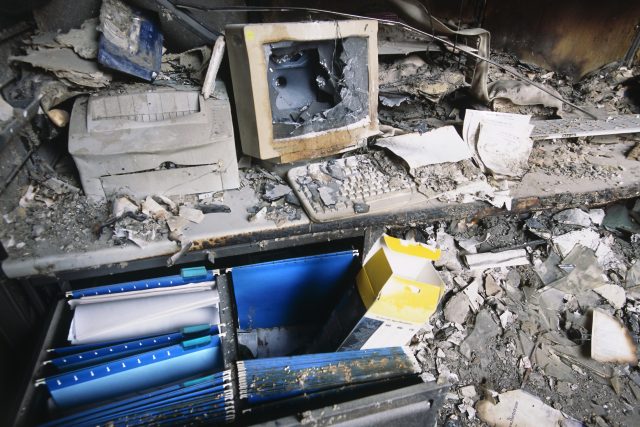
The tragic events of 9/11 exposed significant flaws in how many businesses approached disaster recovery and business continuity. Joe Flach, founder, CEO, and Lead Consultant for Safe Harbor Consulting, LLC, shares crucial insights from that day, emphasizing the need for more robust preparation and communication strategies. By learning from these experiences, businesses can better prepare themselves for future crises.
The Flawed Assumptions of Pre-9/11 Disaster Recovery Plans
Before 9/11, many companies believed they could continue functioning with just 20 to 25 percent of their workforce relocated to an alternate site in the event of a disaster. However, the scale of the 9/11 attacks revealed how inadequate this approach was. Joe Flach noted that stress, panic, and confusion can severely disrupt even the most well-prepared plans. This highlights the need for businesses to rethink their disaster recovery strategies, ensuring they are realistic and flexible enough to be effectively implemented under intense pressure.
The Importance of Early Disaster Recovery Planning
Companies that successfully navigated the aftermath of 9/11 had engaged in early and comprehensive disaster recovery planning. These businesses had identified alternative work sites, involved employees in crisis management, and established reliable communication channels to maintain connections with remote offices. Early and thorough planning proved crucial in enabling these companies to recover quickly and effectively. This underscores the importance of involving employees at all levels and establishing alternative work sites and communication strategies before disaster strikes.
The Critical Role of Communication Tools in a Crisis
One of the most significant lessons from 9/11 is the importance of reliable communication tools and practices during a crisis. Many companies failed because they lacked the necessary tools to maintain communication during the chaos, leading to disastrous outcomes. Investing in dependable communication tools and ensuring they are fully integrated into disaster recovery plans is essential. Regularly testing these tools to confirm they function effectively under pressure can make a critical difference during an emergency.
Consequences of Unpreparedness
Flach emphasized that unpreparedness was a key factor in the failure of many companies during the 9/11 attacks. Businesses that lacked alternative sites, disaster planning, and employee training were particularly vulnerable. A stark example is Sandler O’Neill, a company devastated by the attacks, with only 17 out of 83 employees surviving, forcing the company to rebuild from the ground up. This tragic outcome highlights the critical importance of comprehensive disaster recovery plans that include alternative sites, communication tools, and ongoing employee training.
The Need for Ongoing Training and Clear Roles
Ongoing employee training is essential to ensure that all staff members are prepared to act during a crisis. Flach suggests that companies implement a clear succession of command and define employee roles as part of their disaster recovery plans. Regularly training employees on their roles and ensuring there is a clear command structure to guide actions during an emergency can significantly improve a company’s ability to respond effectively to a disaster.
The lessons learned from 9/11 underscore the importance of robust business continuity and disaster recovery planning. By incorporating the insights shared by Joe Flach, businesses can better prepare themselves to withstand and recover from future disasters. Early planning, reliable communication, comprehensive employee training, and ongoing preparedness are all essential for ensuring resilience in the face of unexpected crises.
References
- Booker, K. (2015). After September 11: Starting over (Fortune, 2002). Retrieved from http://fortune.com/2015/09/11/september-11-sandler-oneill/
- Flach, J. (2011). 10 Years On: Lessons From 9/11. Retreived from http://www.continuityinsights.com/article/2011/09/10-years-lessons-911





